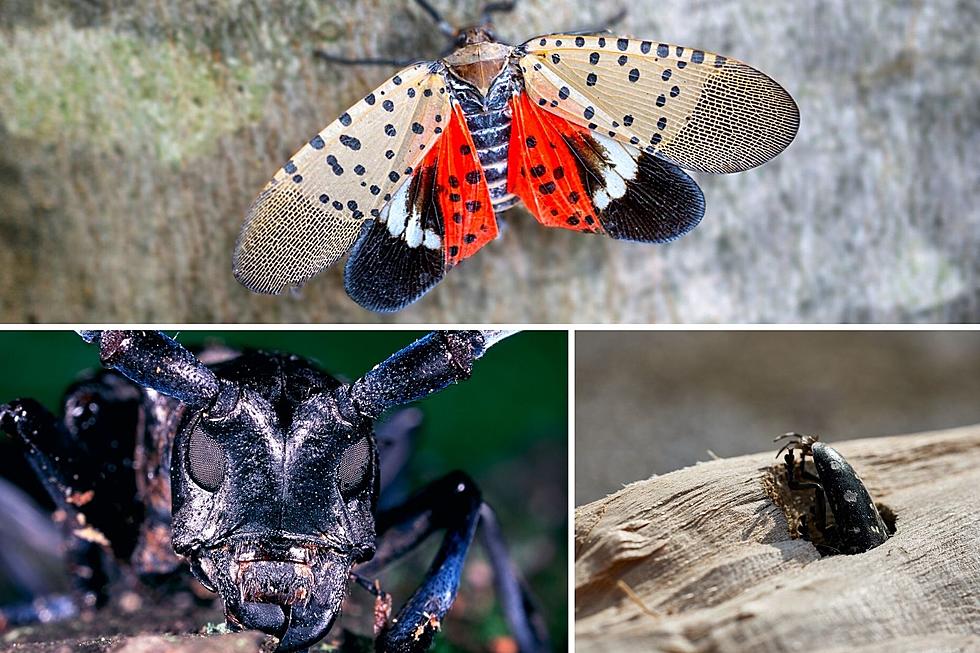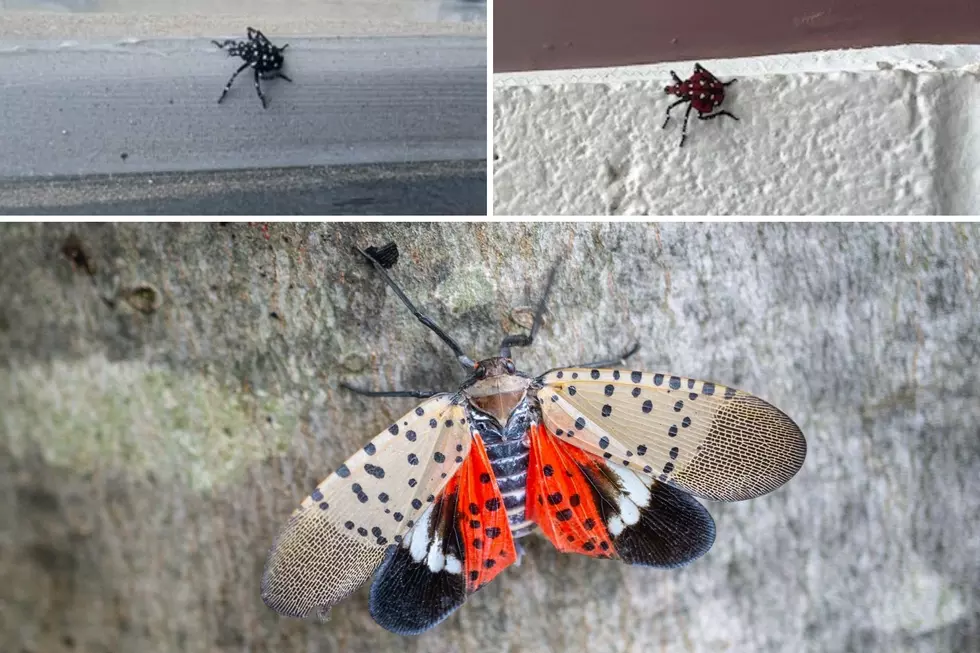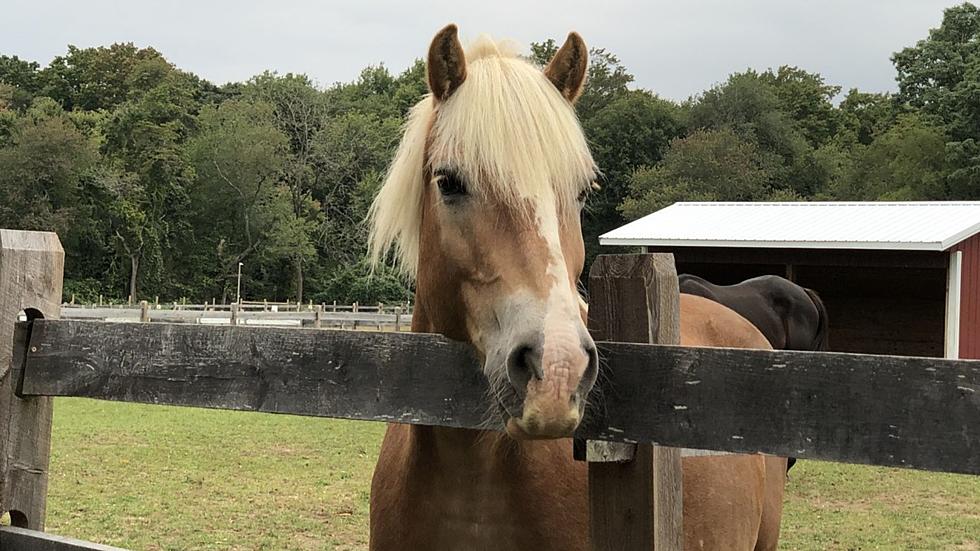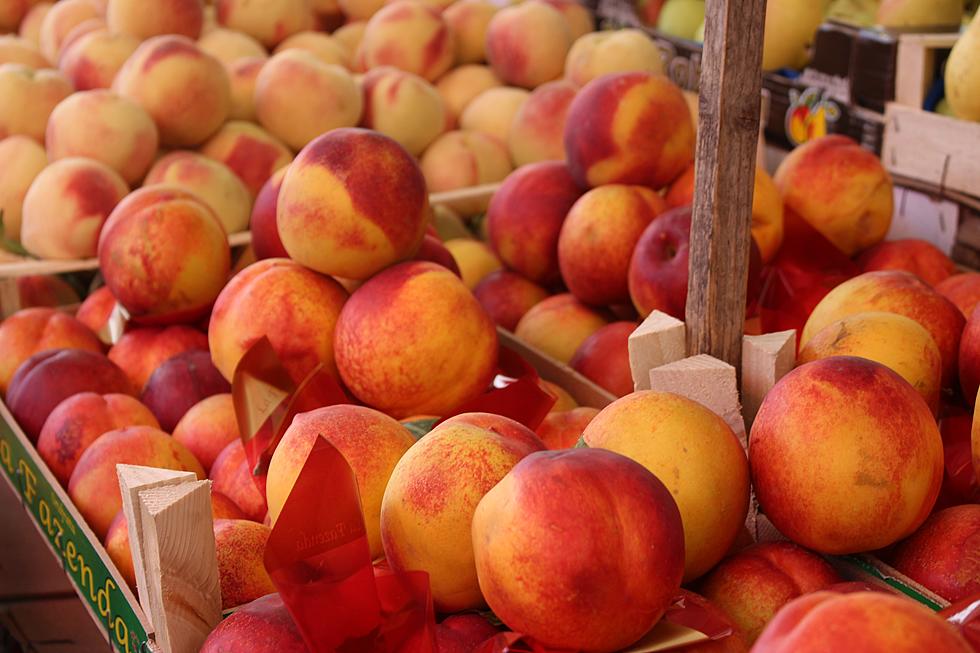
Crush this bug — spotted lanternfly at vulnerable stage in NJ right now
This is the perfect time of year for you to "manage" the spotted lanternfly, the invasive pest that's laying eggs in nearly every New Jersey county, experts suggest.
The sap-sucking bug is currently in its nymphal stage across the Garden State. It doesn't yet have the ability to fly in order to avoid danger, and the egg masses present before this stage, which can be scraped off trees and rocks to be destroyed, may not always be so accessible to the general public.
"We will probably start seeing adults in the next week or couple weeks," said Dr. Anne Nielsen, an associate professor in the Department of Entomology and extension specialist in fruit entomology at the Rutgers Agricultural Research and Extension Center in Bridgeton.
The destructive species can be either black with white spots or red with white spots as a nymph (pictured below), depending on its stage. Most are in the "fourth instar" stage right now; they're considered strong jumpers.
More than 70 plant species, including cultivated grapes and hops, are in danger due to the spotted lanternfly's presence. The attractive species with bright red wings at its adult stage is native to China, India and Vietnam, and was first confirmed in New Jersey in 2018.
It is considered to be an excellent "hitchhiker" and has been recorded in all 21 counties. Eight counties — Burlington, Camden, Gloucester, Hunterdon, Mercer, Salem, Somerset and Warren — are "quarantine zones," according to the Department of Agriculture. In these counties, people are encouraged to check their vehicles for the pest before traveling.
Confirmed spotted lanternfly populations have been recorded in every New Jersey county except Cape May County.
"The populations are definitely increasing across the state," Nielsen said.
Adults (pictured above) can be seen starting in July and until December, according to the Department of Agriculture said. The Department has been enlisting the public's help to reduce the spread of the bug by "stomping it out."
"This is not something we can extinguish immediately," Nielsen said. "As entomologists and scientists we are not surprised by seeing large numbers of this bug. We are concerned about their impact to our agricultural industries and to our general public in terms of their landscapes."
Egg laying will start up again in September, and they can be seen through spring. Egg masses contain 30 to 50 eggs.
The Department of Agriculture said eggs are often laid on flat surfaces including tree bark, rocks, lawn furniture, firewood, boats RVs and pallets. Egg masses (pictured below) have a gray mud-like covering when they're newer, and older egg masses change in color to a light tan resembling cracked mud.
The public is encouraged, when it's safe to do so, to scrape egg masses into a plastic bag and place them in the trash.
Contact reporter Dino Flammia at dino.flammia@townsquaremedia.com.
Seven boardwalk games and how they can be stacked against you
8 reasons to visit Fox Hollow Vineyards, Holmdel's hidden gem
More From 105.7 The Hawk










